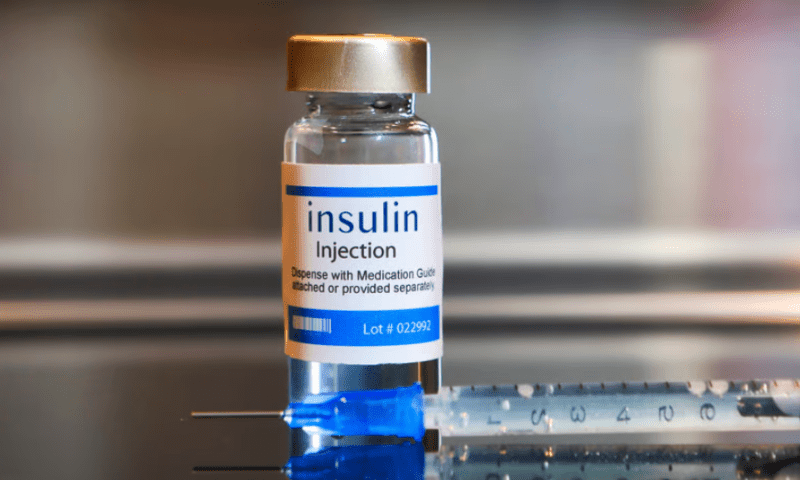Diabeloop has developed an artificial intelligence algorithm that, true to the French startup’s name, promises to close the diabetes management loop by connecting insulin pumps and continuous glucose monitors and completely automating the entire insulin delivery process.
Data from the first year of the algorithm’s European launch show that its mission has been largely successful so far, with users recording significant improvements in the amount of time spent in healthy glucose ranges and only minimal time spent in hypoglycemia.
Those one-year findings were unveiled Wednesday at the annual meeting of the European Association for the Study of Diabetes, taking place in Stockholm this week.
The DBLG1 system is embedded into a wireless handset that connects via Bluetooth to a user’s existing insulin pump and continuous glucose monitor. It takes in blood sugar readings from the CGM every five minutes and uses its AI algorithms to analyze the readings in real time, factoring in the user’s medical history and recent meals and exercise to adjust their insulin dosage and send that updated information to the insulin pump.
The system received CE mark approval in 2018 and began its European launch about a year ago. In that first year, according to the newly released data, users have reported successful outcomes in both the management of their Type 1 diabetes and in their personal satisfaction levels—with only 1% of users stopping use of the system during that time.
The findings span a cohort of more than 4,100 people in Germany, Italy, Spain, the Netherlands and Switzerland. Altogether, they improved their time spent in range by an average of 17.6 percentage points in one year of using the DBLG1 system.
Meanwhile, instances of hypoglycemia were minimized, with users registering only 1.1% of the day spent with blood sugar levels below 70 mg/dL, and just 0.2% of their time spent below 54 mg/dL each day. That translates to less than 20 minutes per day spent in hypoglycemia—well below the widely accepted maximum of 60 minutes, as Diabeloop pointed out in Wednesday’s release.
The study of Diabeloop’s one-year data also found that over time, users were able to reduce their interactions with the DBLG1 system, indicating that it may become a seamless part of their diabetes management process.
For example, about half of the meals users logged in the system were done so using simplified small, medium and large labels, rather than painstakingly logging each component of the meal and estimating carbohydrate intake. Additionally, over the course of about six months, users began declaring one fewer meal per day on average.
According to Diabeloop—supported by user testimonies also shared in Wednesday’s release—that indicates that users trust the DBLG1 system to accurately and automatically regulate their insulin doses with only minimal interactions from them.

